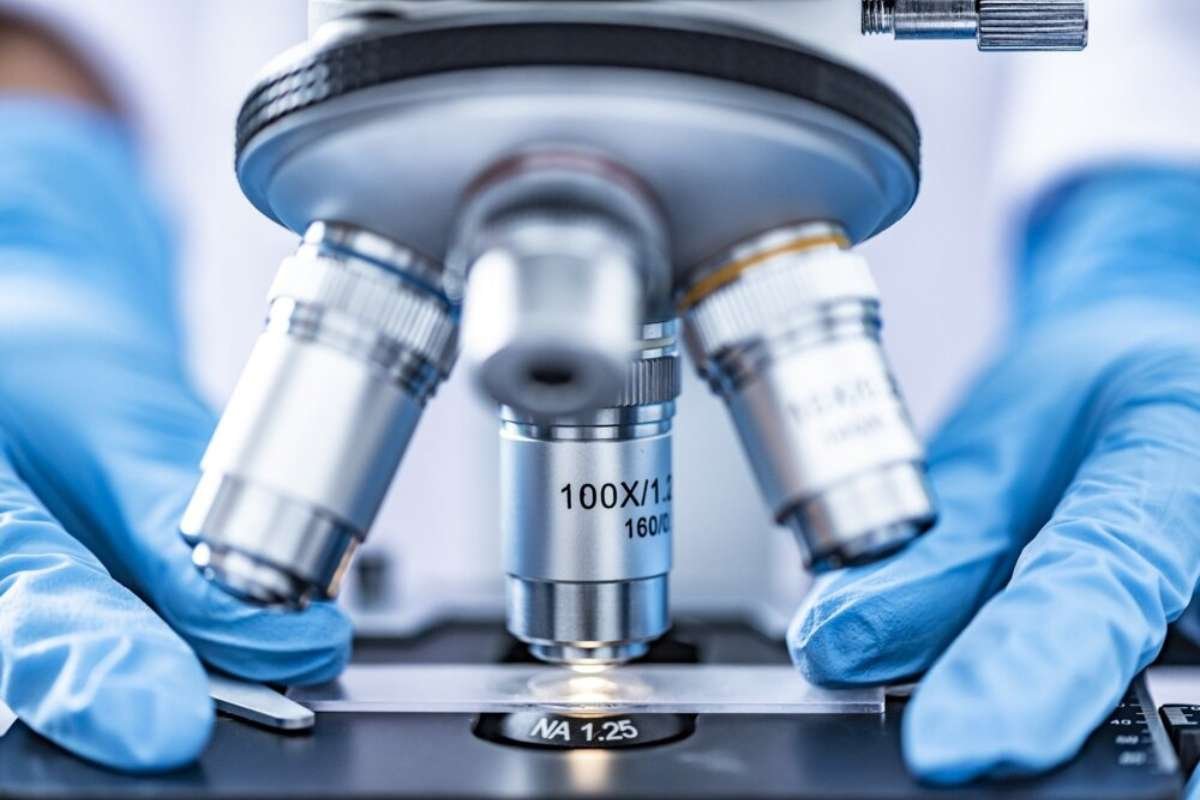Introduction of Groundbreaking Imaging Tool
A pioneering fluorescent imaging probe has been developed that allows for the first time a non-invasive and objective measurement of anosmia, or loss of smell. This innovative tool targets the olfactory nerve and could potentially replace the need for biopsies in diagnosing various anosmia conditions. The research detailing this advancement was published in the August edition of The Journal of Nuclear Medicine.
Significance of the Discovery
Recent studies reveal that approximately 13.3 million adults in the United States suffer from various smell disorders, with 3.4 million experiencing severe hyposmia or complete anosmia. It’s important to note that these figures, compiled before the COVID-19 pandemic, may significantly underestimate the current prevalence of smell disorders. The new imaging probe, known as Tsp1a-IR800P, specifically targets sodium channel 1.7 (Nav1.7), which is crucial for transmitting olfactory signals to the brain’s olfactory bulb.
Researchers conducted experiments using Tsp1a-IR800P on mice with both normal and chemically-induced anosmia. They also examined olfactory epithelium tissues from non-human primates, COVID-19 infected hamsters, and human cadavers who had previously succumbed to the virus. The findings revealed that Nav1.7 was highly expressed in individuals with a normal sense of smell. Conversely, its expression was significantly reduced in those with anosmia, as evidenced by diminished fluorescence signals. The intensity of the fluorescence was found to be proportional to the extent of olfactory nerve damage, providing insights into the severity of smell loss and potential recovery.
Potential Applications and Future Prospects
The fluorescent imaging probe holds promising applications for clinical settings. It could be used alongside endoscopic procedures to diagnose smell disorders directly in physicians’ offices. Additionally, the fluorescent imaging probe offers new opportunities for preclinical research. It can be employed in animal models to assess the efficacy of therapeutic interventions aimed at restoring the sense of smell, facilitating the development of novel treatments.
Dr. Naga Vara Kishore Pillarsetty, a professor in the Department of Radiology at Memorial Sloan Kettering Cancer Center, emphasized the significance of this innovation. “Early-stage detection of smell disorders can potentially lead to timely interventions that may treat the disease or slow its progression, ultimately improving patients’ quality of life,” he stated. Dr. Pillarsetty also highlighted that this breakthrough could pave the way for similar imaging agents to be developed for other sensory and neurological disorders, expanding the field of molecular imaging.
This advancement in imaging technology marks a crucial step forward in the objective assessment and management of anosmia, offering hope for more effective diagnosis and treatment of smell disorders in the future.
Visit The Lifesciences Magazine For More!









